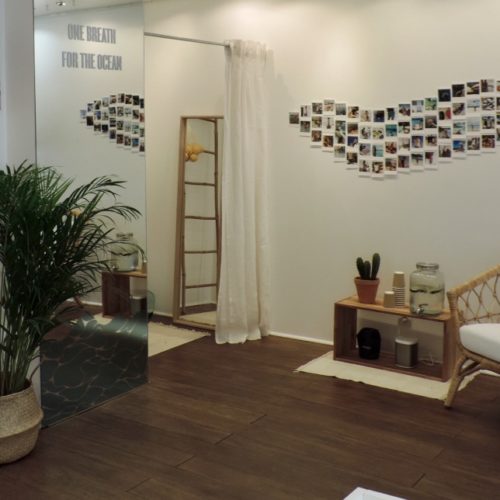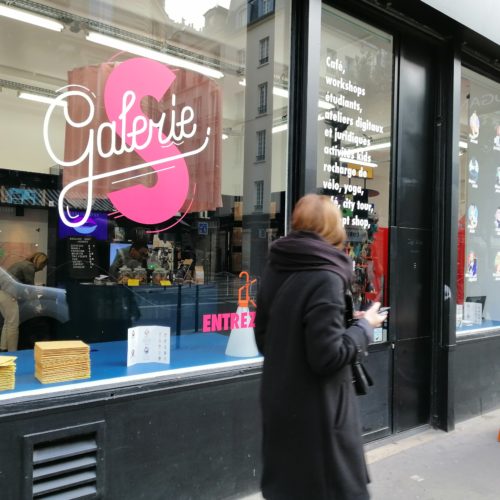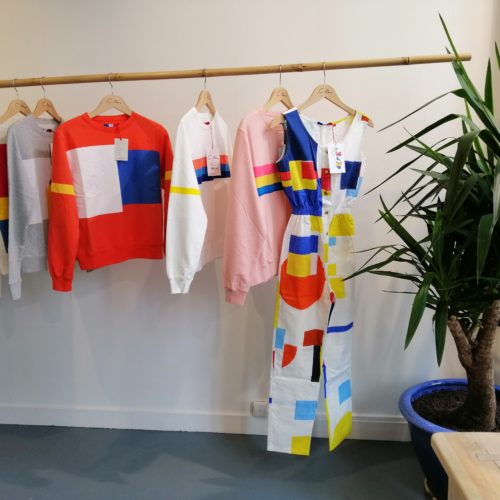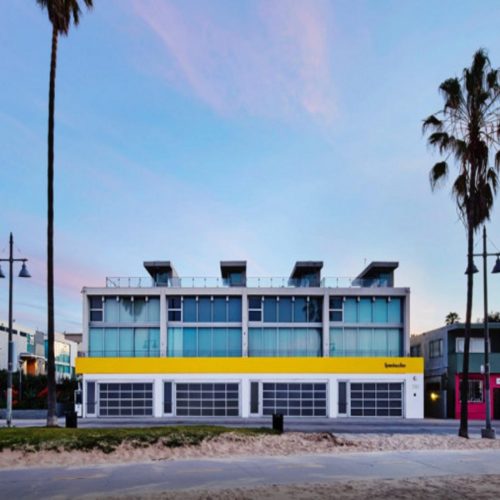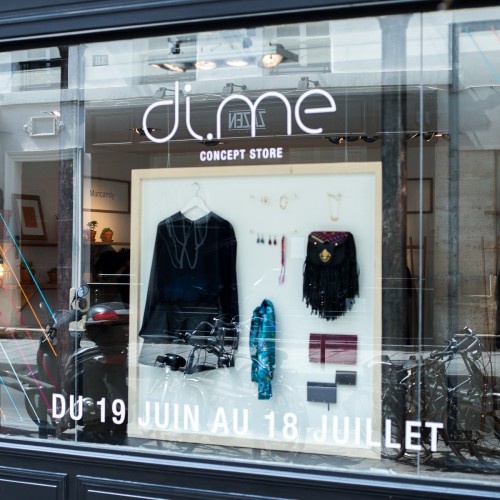BUZZY POP UP STORES
Pop-Up Stores Pop Up as Inexpensive Way to Build Buzz
NEW YORK (AdAge.com) — A few years ago, when cheap real estate was scarce, pop-up stores were a major investment for marketers. Now temporary stores have emerged as a perfect solution for cash-strapped brands, commission-hungry brokers and landlords faced with a glut of commercial real-estate space.
Brands are using these interim spaces as a means to create buzz, test new concepts or even evaluate a new neighborhood or city. While temporary stores first began popping up with some regularity in 2003, sky-high rents and a lack of available space made them a massive undertaking for brands. Now, in the midst of the recession, the shops are being viewed as a logical, and even inexpensive, marketing tool.
In the past few months, high-end brands including Hermes, Emilio Pucci and La Perla have embraced the pop-up-shop concept, as have Gap, Seven For All Mankind, Daffy’s and others. But it’s not just limited to fashion brands. Furniture designer Kenyan Lewis, wine bar MADCrush, chef Tom Colicchio, and the New Jersey Division of Travel and Tourism have also jumped on the pop-up wagon.
« Opening up a pop-up store can generate a lot of buzz for the brand, » said Mike Kraus, retail adviser for AllBusiness.com. « In a media marketplace that’s fragmented, [brands] are trying to find interesting ways to reach the public. No matter who opens one and where it opens, media is covering it. »
The Jersey Shore Store
Brushfire Marketing, which worked with the New Jersey Division of Travel and Tourism on the Jersey Shore Store, said the temporary shop garnered nearly $1 million in earned media. The agency said the store led to 46 broadcast segments and 21 print and online placements. On average, 1,000 visitors passed through the store each week and 500 pieces of collateral were handed out daily.
Yet the budget for the store, which was open from just before Memorial Day through Aug. 9, was « very small, » said John Leonardi, president-CEO of Brushfire Marketing. It cost about $20,000 per month to rent the 2,500-square-foot space on Broadway between 11th and 12th streets in Manhattan, and that, he said, was the bulk of the budget.
One-on-one marketing
« It’s one-on-one marketing, » Mr. Leonardi said. « In a recession, when marketers are looking for alternatives, they need to ask how can they do something different, something maybe less expensive, something that’s not a long-term investment. »
Alan Marks, senior VP-corporate communications at eBay, said the space the company opened on 57th Street and Fifth Avenue in Manhattan was used as a tool to change the perceptions of long-lead editors. Although no goods were for sale, editors were able to see the types of items found on the website. « Because of market conditions, there was a broad range of retail space available to do this type of event in, » he said. « Based on the availability of the space, we decided that creating a physical presence and a retail presence at one of the premier shopping intersections in the world was strategically the right thing to do. »
Although no goods were for sale in eBay’s pop-up store, editors were able to see the types of items found on the website.
People familiar with the real-estate business say that, today, landlords are much more likely to entertain temporary tenants. And in many cases, rents are significantly cheaper than they were just a year ago. Indeed, brands are finding availability in major cities such as New York, Boston, Los Angeles, Miami, London, Paris and Hong Kong, as well as smaller towns such as East Hampton, New York.
« The rules of the game have changed, » Mr. Kraus said. « [Brands] are finding that they can jump into a space for a few months, and they’re not stuck with having to sign a five-year lease. » Faith Hope Consolo, chairman of the retail division at Prudential Douglas Elliman, said landlords are embracing the shops in part because it keeps activity on the street alive. If a street starts to become quiet, shoppers will move on to other areas and may not return, even when business picks up, she said.
« Landlords love these shops. It gives them some income while they continue to search for and negotiate with permanent tenants. And in some cases, these temporary stores can become the permanent tenants, » she said. « [Brands] get to test retail or a new product line or format at a greatly reduced cost. This is a win-win situation during a challenging retail time. »
Five Things to Consider Before Popping Up
Do your research. Is the space empty because of a lack of foot traffic in the area or because of some issue with the property? Remember the space is vacant for a reason.
Don’t scrimp. Even though the space is temporary, you should budget for a build out that is in keeping with the brand’s image.
Get creative. As pop-ups become the norm, you’ll need more effort to attract attention. DJs, freebies, special events, celebrity appearances and contests keep the publicity rolling.
Don’t expect a profit. Pop-up stores are more about buzz than sales. But the longer a store is open the more likely you’ll be profitable.
Take a chance. Try a new neighborhood, a new design, a new product, a new marketing tack. If it doesn’t work, it’s only temporary. That’s the beauty of a pop-up.
Publié le 31/08/2009
Article repris de : http://trendwatching.com/about/inmedia/articles/2009_pop-up_stores_pop_up_as_inexpe.html
NOUS AVONS MAINTENANT UN SITE DÉDIÉ A LA GALERIE DES CHAMPS:
Vous pourrez dorénavant DÉCOUVRIR en détail la Galerie des Champs, SUIVRE les opérations éphémères menées dans son allée et POSTULER pour un kiosque ou espace.
Rendez-vous sur https://www.gce.mypopupstore.co/
Pour plus d’information sur les boutiques éphémères, n’hésitez pas à vous rendre sur notre site My Pop Up Store.
Nous sommes également présents sur les réseaux sociaux !
